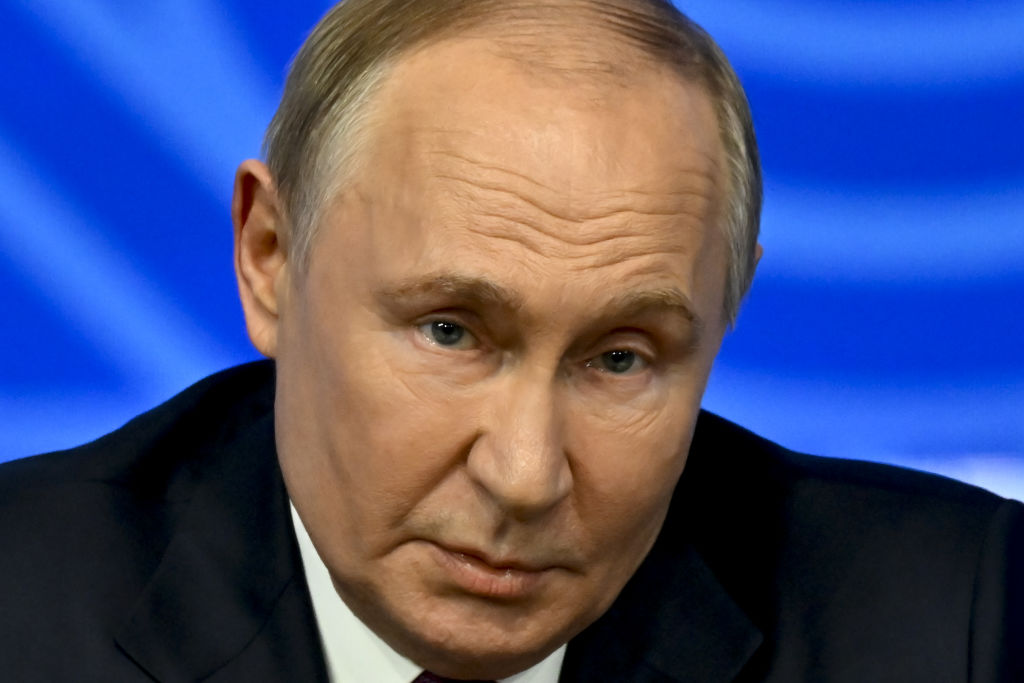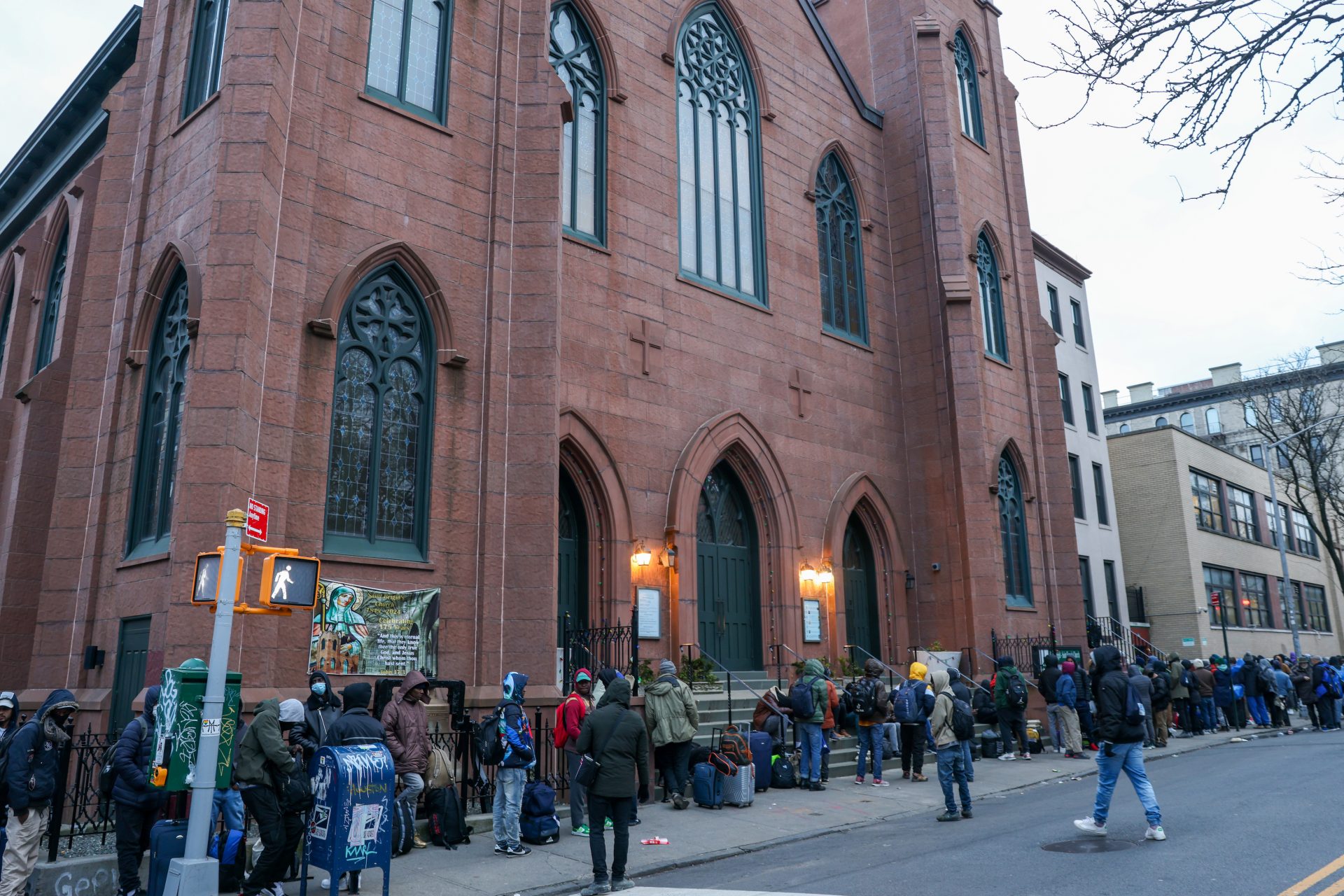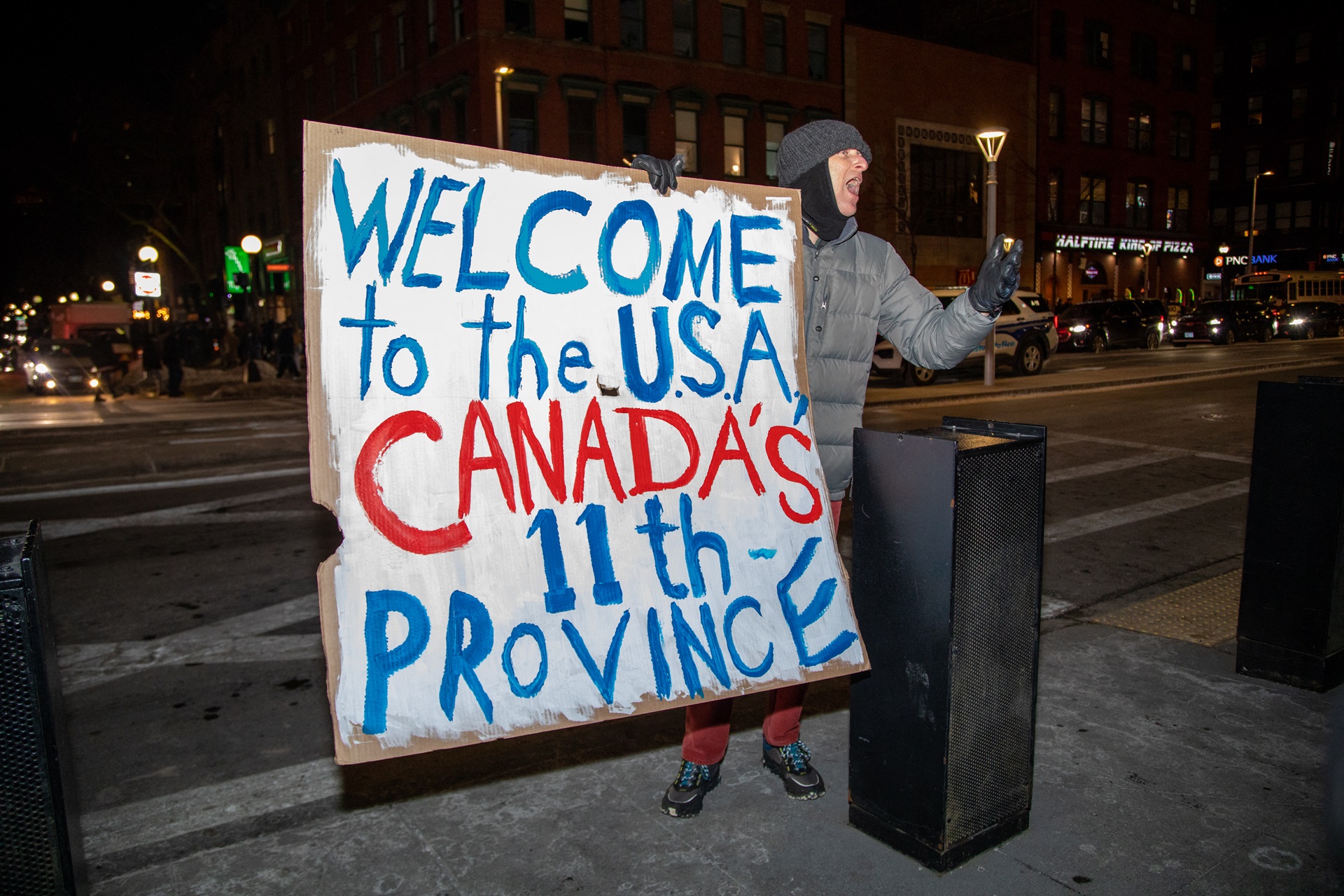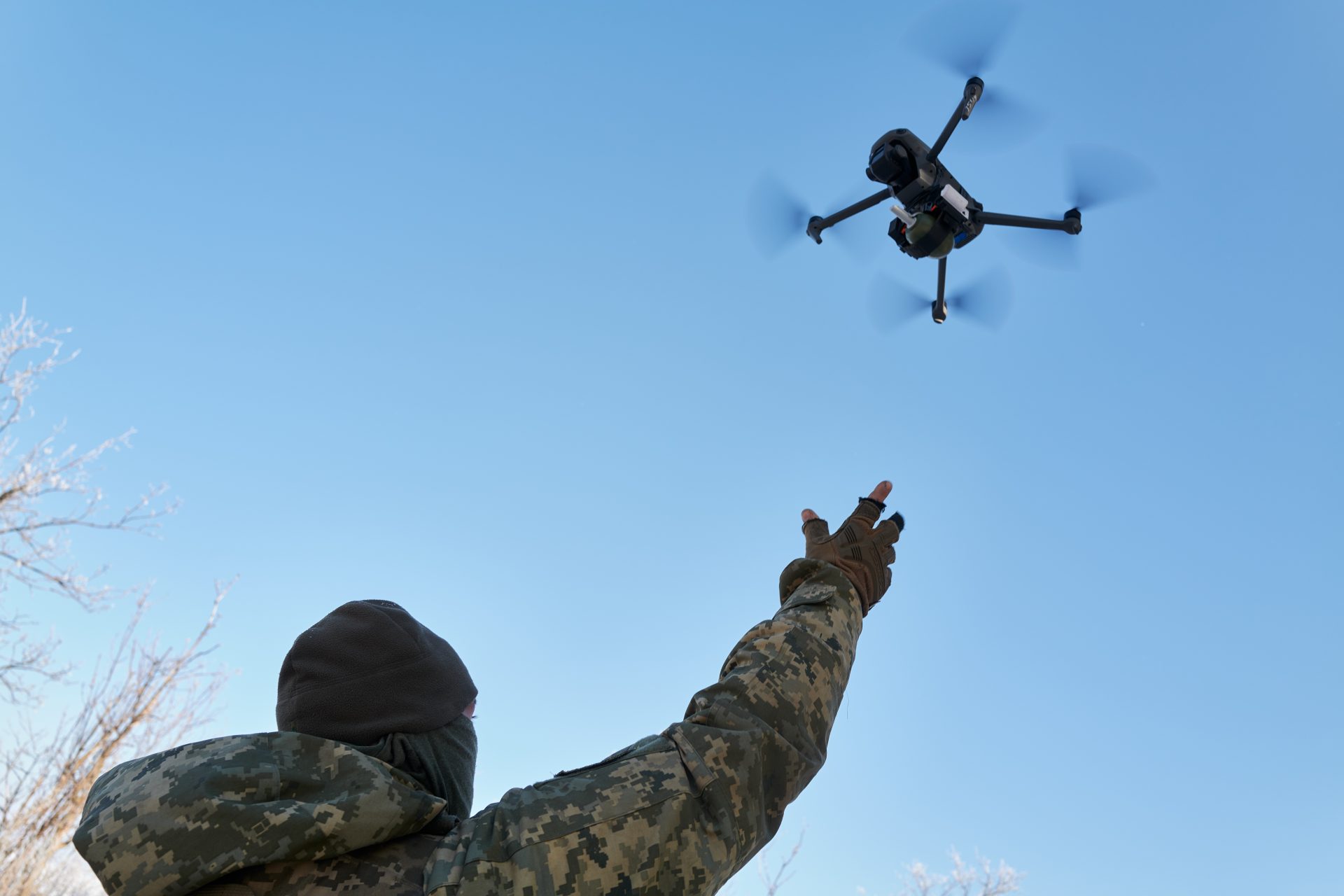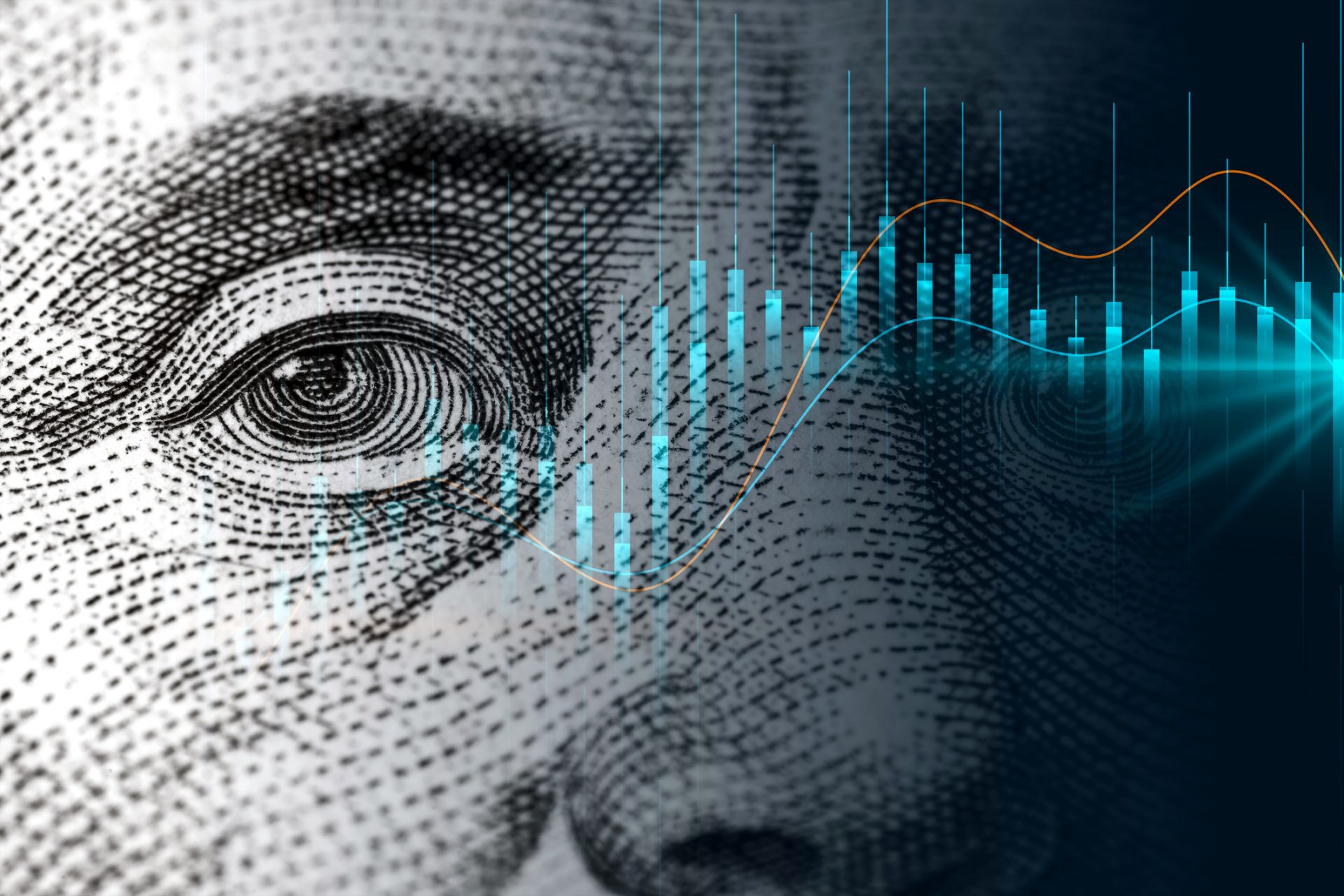From sneakers to Tang: NASA inventions that we use every day
When we speak of NASA (National Aeronautics and Space Administration), we immediately think of space, rockets, Mars, and lunar travel. But there is so much more!
Photo: NASA
The massive budget managed by this organization ($26,000,000,000 in 2023) also benefits the day-to-day lives of citizens worldwide.
Photo: NASA
And so it is, many of NASA’s contributions, inventions, and creations have had continuity in our day-to-day lives. Would you like some examples? More than one might surprise you!
Photo: NASA / Unsplash
In 1987, NASA developed foam seats that protected astronauts during landing while the foam recovered its shape when released. To this day, many mattresses have this feature.
Photo: Max Vakhtbovych / Pexels
This memory foam is also used on the inside of motorcycle helmets.
Photo: Kenny Eliason / Unsplash
Today’s powerful computer microchips come from the integrated circuits of the Apollo mission’s flight-assist computers.
Photo: Jeremy Waterhouse / Pexels
Computerized axial tomography (CAT), used today for tumor detection, was created to locate imperfections in spatial components.
Photo: National Cancer Institute / Unsplash
Cordless drills and vacuum cleaners were used to collect lunar samples. It didn’t take long for this technology to be applied to commercial tools around the world.
Photo: Benjamin Lehman / Unsplash
Evidently, it would be impossible to see the entire planet from above were it not for the images provided by the satellites sent into space.
Photo: SpaceX / Unsplash
In the 1990s, NASA worked to create image sensors that reduced the size of cameras to a minimum, while maintaining image quality. This idea was taken and enhanced by the principal smartphone manufacturers.
Photo: Ozgu Ozden / Unsplash
NASA’s search for a mechanism to protect astronauts from solar radiation led to the discovery of sunglass coatings. Obviously, it ended up being applied to sunglasses worldwide.
Photo: Sebastian Coman Travel / Unsplash
It was in the 1980s that powdered milk was developed to improve astronauts’ nutrition. Later, someone thought it wasn’t a bad idea to use it for babies.
Photo: Howtogym / Unsplash
The famous Brita pitchers and their method of filtering water were inspired by a revolutionary NASA technique that eliminated bacteria in the astronauts’ drinking water tank.
Photo: ColiN00B / Pixabay
NASA was looking for a training shoe that would resist many hours of hard work. They started with rubber molds that softened the weight on the bottom but soon elevated to various fabrics and designs, inspiring the big brands.
Photo: Paul Volkmer / Unsplash
The soles manufactured today derive from the technology used to create those worn by Neil Armstrong in 1969 when he first stepped on the Moon.
Photo: NASA / Unsplash
NASA developed a smoke detector with various sensitivity levels, thus avoiding false alarms.
Photo: Pascal Meier / Unsplash
NASA discovered that cutting fine tracks in the roads helped drain water, reducing the risk of skidding. This advance was not only applied to highways but also to airport runways.
Photo: Meriç Dağlı / Unsplash
Many people may not remember, but it was a powdered drink that became popular in the 1960s precisely because astronauts drank it, it was easy to transport, and because of its vitamin content.
Photo: Jaqueline Pelzer / Unsplash
The technology developed by NASA to reduce the resistance of their suits in space was used by Speedo for its ultra-fast LZR swimsuits, which generated much controversy among professional swimmers.
Photo: Kindel Media / Pexels
From the 1960s, NASA worked to develop a high-strength material for helmet visors. After ten years of research, they produced a fail-proof formula that has since been applied to all visors, preventing shattering from every crash.
Photo: Elena Taranenko / Unsplash
It was neither Steve Jobs nor Bill Gates who was behind this great invention. Bob Taylor, a NASA worker, was looking for a simple way to make computers more interactive and accessible. If we only refer to its use in hundreds of millions of homes, we could be talking about one of the best inventions in history.
Photo: Ilya Pavlov / Unsplash
NASA used the first joystick in history on the Apollo Lunar Rover. After a significant simplification, they came to be used in all kinds of video games.
Photo: Steve Dimatteo / Unsplash
You might not believe it, but NASA developed the ceramic used in transparent braces in collaboration with the company Ceradyne to protect the antennas of the homing missiles from infrared rays. From there to your teeth!
Photo: Aubrey Davis / Unsplash
NASA’s VISAR system helped to improve and sharpen blurred images which, in no time at all, were used in solving robberies, attacks, kidnappings, and other types of crimes.
Photo: Jose G. Ortega Castro / Unsplash
Using a camera-like lens that detected infrared energy drifting into heat, NASA used this technology to monitor the birth of stars; now it is used for in-ear thermometers.
Photo: Kelly Sikkema / Unsplash
A technique that reduces the weight of nutrients while increasing the amount of food that can be transported, all without losing a single one of its properties.
Photo: K8 / Unsplash
NASA was trying to prevent the astronauts from suffering muscle atrophy and decreased bone density while on space missions, so they created the treadmill and other training machines that fill many gyms and homes today.
Photo: Ryan de Hamer / Unsplash
More for you
Top Stories






























